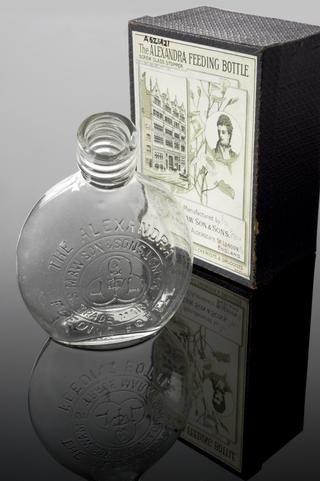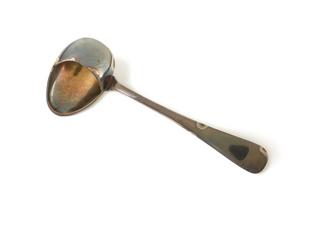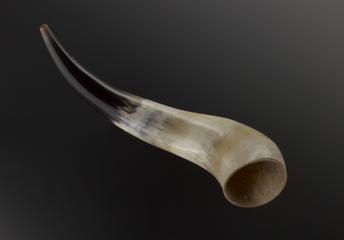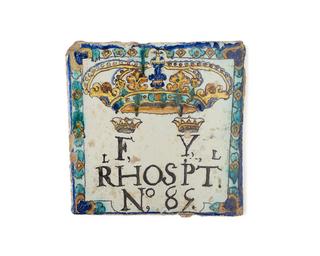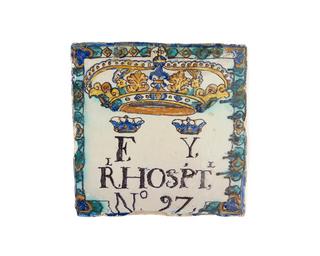Baby's pram, with detachable folding hood with black upholstery, 19th century, probably English
This leather pram normally has a canopy to protect children from the sun. It is a typical design of the late 1800s. Perambulators (prams for short) were mass produced in the UK in the 1840s. They quickly became popular. This pram was designed for a baby to lie flat in. Other designs for older children to sit up in were based on mail carts used by the Post Office.
Prams were once a common sight in the streets and parks of Britain. Unlike today, babies were often left outside in their prams to sleep in the fresh air. The traditional pram has now been almost entirely replaced with smaller, more mobile pushchairs and buggies. These often incorporate the latest innovations in design and materials.





